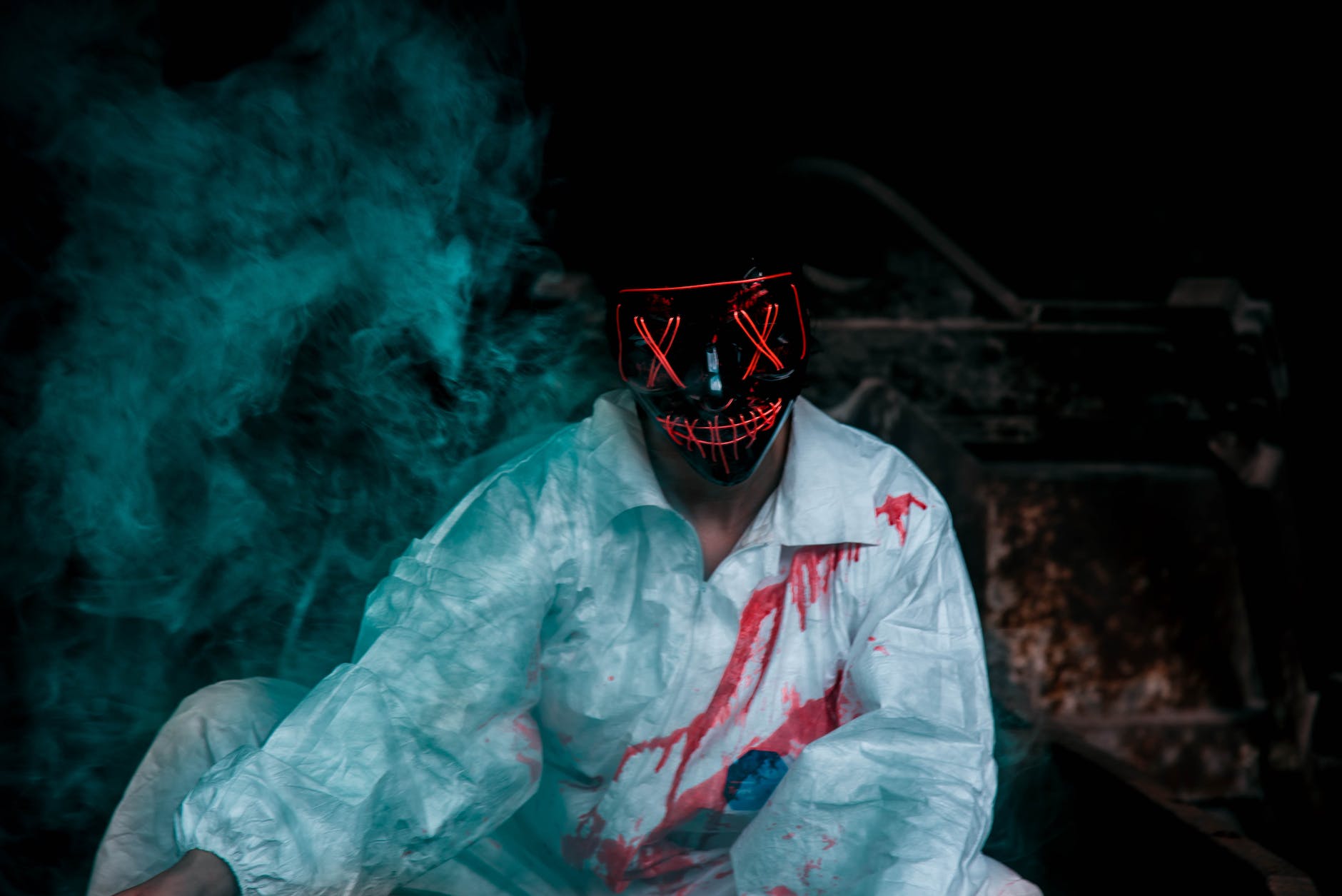Awakening the senses and compelling the imagination, psychedelic art paints a vivid representation of fantastical and often spiritual dimensions. Among the enlightenment-seeking counterculture of the 1960s, this style rapidly grew in popularity. Since then, it has stamped its imprint on pop culture and has had a lasting impact on numerous modern artists. This genre, often known as visionary art, dips deep into the well of the subconscious to present images that seem as if they were pulled straight from a dream.
Salvador Dali, a name instantly recognizable in the art world, was one the earliest pioneers of this style. His works are seen to embody the psychedelic spirit before the term was even coined. Dali was a surrealist – a movement that sought to juxtapose everyday, mundane objects with dreamlike imagery. The core tenet of surrealism is the belief that the dream state and reality are equally vital. Dali’s famous piece The Persistence of Memory, with its melting clocks, echoes this belief.
The art of Alex Grey represents another significant figure in the world of visionary art. As one of the most recognized painters in the realm of spiritual and psychedelic imagination, Grey’s work is a compound of sacred, visionary, and interpersonal art. He transcends the physical world to capture visions of spiritual energies and human interconnectedness. His most recognizable pieces are known for depicting the intricacies of the human anatomy juxtaposed with mystical energy fields. Grey’s intricate illustrations of the body’s physical and energetic systems render the complexities of the human form as transparent and reveal the spiritual light within. His art evokes the spiritual experience, transcribing it in a way that the average person can understand.
The use of vibrant colors and kaleidoscopic patterns is a defining feature of psychedelic art. These elements are used to facilitate the expression of the artist’s inner exploration and ineffable spiritual truths. The patterns within psychedelic art frequently resemble those seen during the use of hallucinogenic substances, especially DMT, which often result in seeing entoptic visuals: geometric patterns, and fractals.
DMT, also known as “the spirit molecule,” has inspired a new generation of visionary artists. Many artists use this naturally occurring psychedelic substance to inspire their work, attempting to translate their profound DMT-inspired art experiences onto canvas. The intense visions, emotions, and often life-altering experiences that DMT can engender can be seen clearly in the dynamic, ethereal, and intensely colored imagery of this subset of psychedelic art.
Psychedelic artists use vibrant color schemes, intricate, almost hypnotic patterns, and often trance-inducing symmetry to convey complex, mystical experiences in a visually comprehensible format. Visionary art empowers viewers to access their depths, initiating dialogues on the subtle workings of consciousness and being. It is a conduit, enabling people to have a shared experience of altered, mystical states of consciousness, without the use of psychedelic substances themselves.
In conclusion, psychedelic art is not just about vibrant colors, swirling patterns, and whimsical imagery. It is a powerful tool for inner exploration, a visual language that communicates the mystical and the profound. It is the art of the soul, the inexpressible articulated. Both Salvador Dali and Alex Grey, among numerous others, have used this medium to delve into and represent dimensions beyond our physical reality, creating timeless masterpieces that continue to inspire and provoke thought. The spiritual dimensions captured in their works offer a glimpse into the uncharted territories of the human psyche, and illustrate the boundless potential of human imagination.








